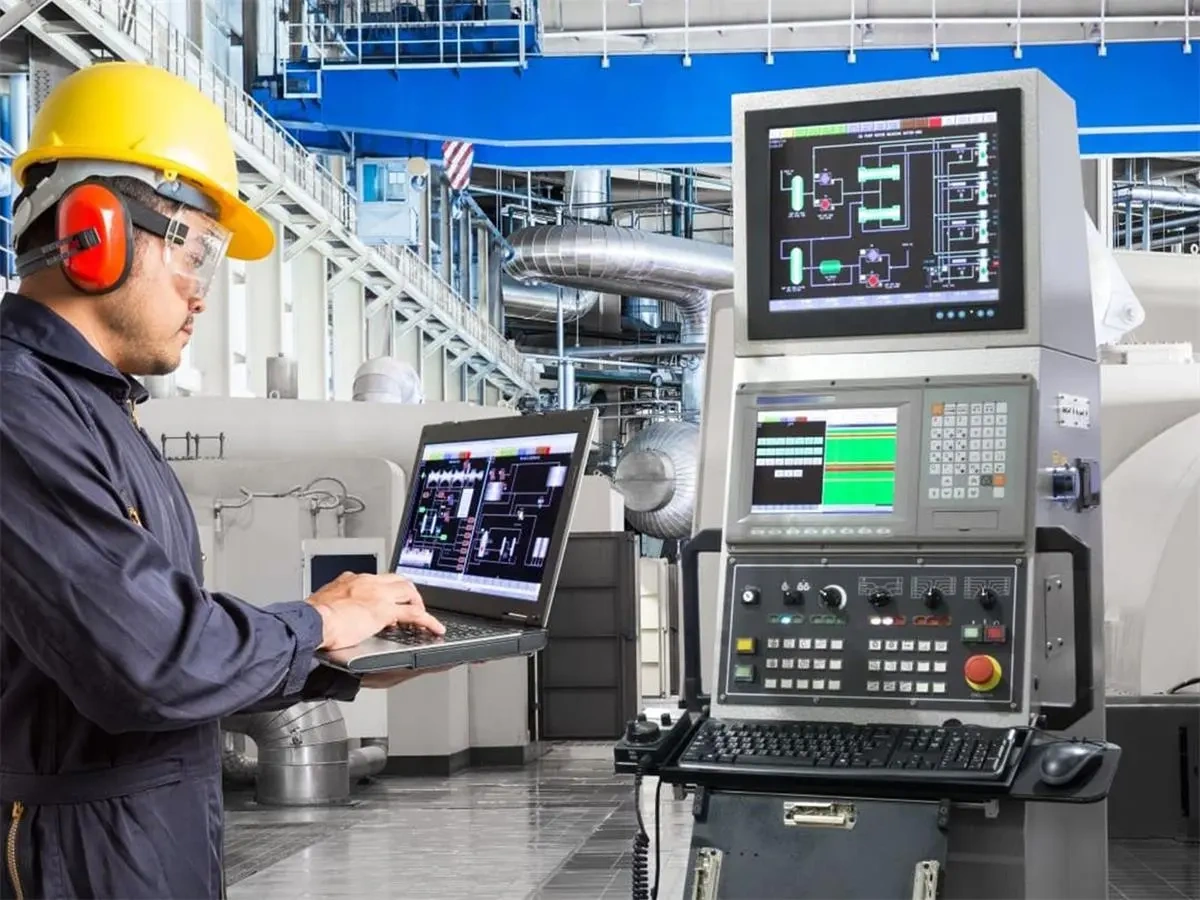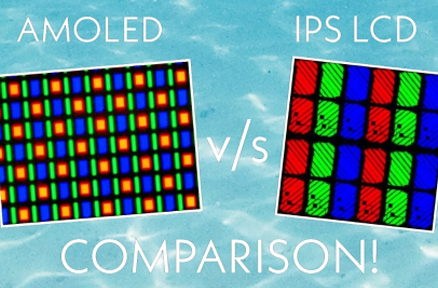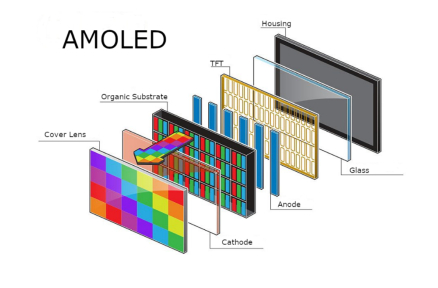Digital screens control many tasks in factories, hospitals, and businesses. The TFT LCD touch screen stands out as a key tool. It blends Thin-Film Transistor Liquid Crystal Display (TFT LCD) with touch features. This mix allows clear pictures and easy control. It changes how people handle complex information in work settings. From tough factory panels to critical medical monitors, TFT LCD touch screens make human-machine teamwork smooth and simple.

Introduction: A Seamless Blend of Visuals and Interactivity
Touch screens have changed how work gets done in factories and hospitals. Speed and accuracy matter a lot in these places. TFT LCD technology has driven this change. It offers clear displays and quick touch responses. For example, in car factories, these screens run dashboards that handle rough conditions and give instant updates. In hospitals, they let doctors move 3D images with almost no delay. This makes work faster and easier.
Understanding TFT LCD Touch Screen Technology
What Is a TFT LCD?
TFT LCDs are smart display systems. They use tiny switches called thin-film transistors for each pixel part. This setup controls red, green, and blue colors separately. It creates sharp images, even at 4K resolution or higher, with little signal mix-up. Unlike older displays, TFT screens keep brightness steady, often above 500 nits. They show colors well, covering 90% of sRGB or more.
In factories, these screens show detailed plans or heat maps clearly, even in changing light. The transistor layer, built on glass using a special process, uses little power. This makes TFT LCDs great for systems that need to run a long time without wasting energy.
How Touch Integration Works
Touch screens add a sensor layer on top of the TFT LCD panel. This layer turns your touch into digital points. A controller chip processes these signals using systems like I²C or SPI to send data to the main computer.
-
Resistive Touch Screens: These use a bendable layer separated from a conductive base. When pressed, the layers touch and create a signal. They handle up to 1 million touches and work with gloves or pens. They’re perfect for dusty factories or clean medical labs. However, they only detect one touch at a time and respond in 10-20ms, which is slower for fast tasks.
-
Capacitive Touch Screens: These sense the electric charge in your fingers. They use an ITO (indium tin oxide) grid to detect touch. Simple designs track single points, while advanced ones find exact spots with great accuracy. They scan at 60Hz, support 10-finger multi-touch, and respond in under 5ms. They block out noise from machines, making them great for control rooms.
-
Projected Capacitive Touch Screens (PCAP): These are an improved version of capacitive screens. They use tiny sensor patterns for better sensitivity. They support 20+ touch points and detect fingers hovering up to 10mm away. This allows tricks like ignoring palm touches in group work settings. They connect smoothly with TFT’s eDP systems for fast updates.
Enhancing the Experience: TFT’s Role
TFT technology improves touch screens by matching display updates with your touches. It uses in-cell designs, where sensors sit inside the LCD stack. This cuts bezel size to under 2mm and thickness to 1.8mm, fitting small medical carts or control panels. Quick pixel changes—around 5-8ms—stop blurry images during fast swipes. Smart brightness adjustments keep screens clear in cleanrooms. Overall, TFT makes touch responses instant and clear, improving reliability in critical workplaces.
Advantages of TFT LCD Touch Screens
High Responsiveness
TFT LCD touch screens react fast, with delays under 10ms. Special chips handle touch signals quickly. Paired with 120Hz refresh rates, they allow smooth actions like dragging in design apps or zooming in simulations. This speed works well across multiple screens in factories, helping workers make quick choices to avoid delays.
Superior Image Quality
These screens offer strong contrast, at 1000:1, and show over 16 million colors with great accuracy (Delta E under 2). This is key for medical images or spotting flaws in factory checks. Anti-glare layers and tight bonding reduce reflections, boosting brightness to 700 nits for outdoor use. This keeps images clear in all kinds of light.
Durabilità e affidabilità
Built with tough Gorilla Glass or similar materials, these screens resist impacts (IK10 rating) and block dust and water (IP65 sealing). They work in extreme temperatures, from -30°C to 85°C, and pass tough tests like MIL-STD-810 for shakes and heat. With a lifespan over 50,000 hours and backup lights, they run non-stop in critical tasks.
Wide Viewing Angles
IPS-mode TFT screens show clear images from 178° angles without color changes. This uses a special electron flow to keep pictures steady. It helps teams in engineering or surgery see details clearly from any angle, meeting medical standards like DICOM.
Versatility in Applications
TFT touch screens range from 2.8-inch to 21.5-inch sizes and support resolutions from WVGA to FHD. They connect via LVDS/MIPI and can be customized with CTP (capacitive touch panels) for older systems like UART/RS232. This flexibility fits many business setups.
Applications of TFT LCD Touch Screens

TFT LCD Touch Screens for Smartphones and Tablets
In business, TFT LCD touch screens power tough tablets for field workers. They show maps with 10-point touch for exact notes. With 500-nit brightness and smudge-proof coatings, they handle harsh places like oil rigs or storage rooms.
TFT LCD Touch Screens for Automotive Systems
In cars, these screens run gauges and consoles. PCAP allows gloved use in bright cabins (1000-lux). They connect to CAN bus systems for touch feedback, helping drivers stay aware in fleet tracking.
TFT LCD Touch Screens for Industrial and Commercial Control Panels
In factory systems like SCADA, TFT touch screens show data flows. Resistive layers work with oily hands on assembly lines. Custom software supports Modbus RTU, aiding smart factory maintenance.
TFT LCD Touch Screens for Medical Devices
In medical tools like ultrasound machines, TFT screens show detailed images meeting Grayscale Standard Display Function (GSDF). Precise touch ensures accurate probe adjustments, speeding up hospital work while following ISO 13485 rules.
TFT LCD Touch Screens for Retail and Digital Signage
For store kiosks, bright TFT screens support barcode scanning with built-in cameras. PCAP handles multiple users in busy warehouses. Energy-saving modes meet LEED standards for green logistics.
Future Trends in TFT LCD Touch Screen Technology
Higher Resolutions and Refresh Rates
New tech aims for 8K at 144Hz using LTPS backplanes. This supports virtual reality in training or detailed checks in chip factories. Quantum dot tech boosts color range to 120% NTSC, vital for precise inspections.
Flexible and Foldable Screens
PI (polyimide) materials allow screens to fold fully with little wear. This suits wearable medical tools or portable field monitors. Rollable designs expand size by 1.5x, saving space in mobile command units.
Domande frequenti
What distinguishes TFT LCD touch screens from other display technologies in industrial applications?
TFT LCD touch screens shine with active-matrix control. They offer better pixel control and faster refresh than TN or VA panels. This is crucial for real-time factory monitoring.
How do Kadi Display’s TFT touch solutions ensure compliance with medical standards?
Display Kadi products meet ISO13485 and IATF16949 standards. They include DICOM calibration and germ-resistant coatings for clean medical spaces.
What customization options are available for TFT LCD touch screens in automotive sectors?
Options include RGB/LVDS connections, capacitive layers for gloved use, and brightness up to 1000 nits. Kadi Display offers no-minimum-order prototyping.
Can TFT LCD touch screens integrate with legacy serial protocols?
Yes, they work with UART/RS232 drivers, supporting Modbus and TTL to connect old PLCs with new systems.
What is the typical lifespan and environmental tolerance of industrial TFT touch screens?
With over 50,000 hours lifespan and operation from -30°C to 85°C, they handle tough conditions. Kadi Display’s 20+ years of expertise backs their reliability.
Partner with Kadi Display for Tailored TFT Touch Solutions
For businesses needing strong TFT LCD touch screens for factories, hospitals, or cars, Kadi Display provides full OEM/ODM services. With over 20 years in Shenzhen and a 10,000㎡ factory, Kadi Display offers custom modules from 2.8 to 21.5 inches. They use BOE/Tianma panels, HDMI/DSI interfaces, and no-minimum-order prototyping.
Check Kadi’s TFT-Touch category for details on bright, multi-touch panels for your needs. Contatta Kadi Display oggi to talk about custom solutions. Submit an inquiry for fast prototyping and expert advice to boost your projects.
Blog & Notizie correlate
-
TN contro IPS2024-7-9
-
TN contro IPS2024-7-9









